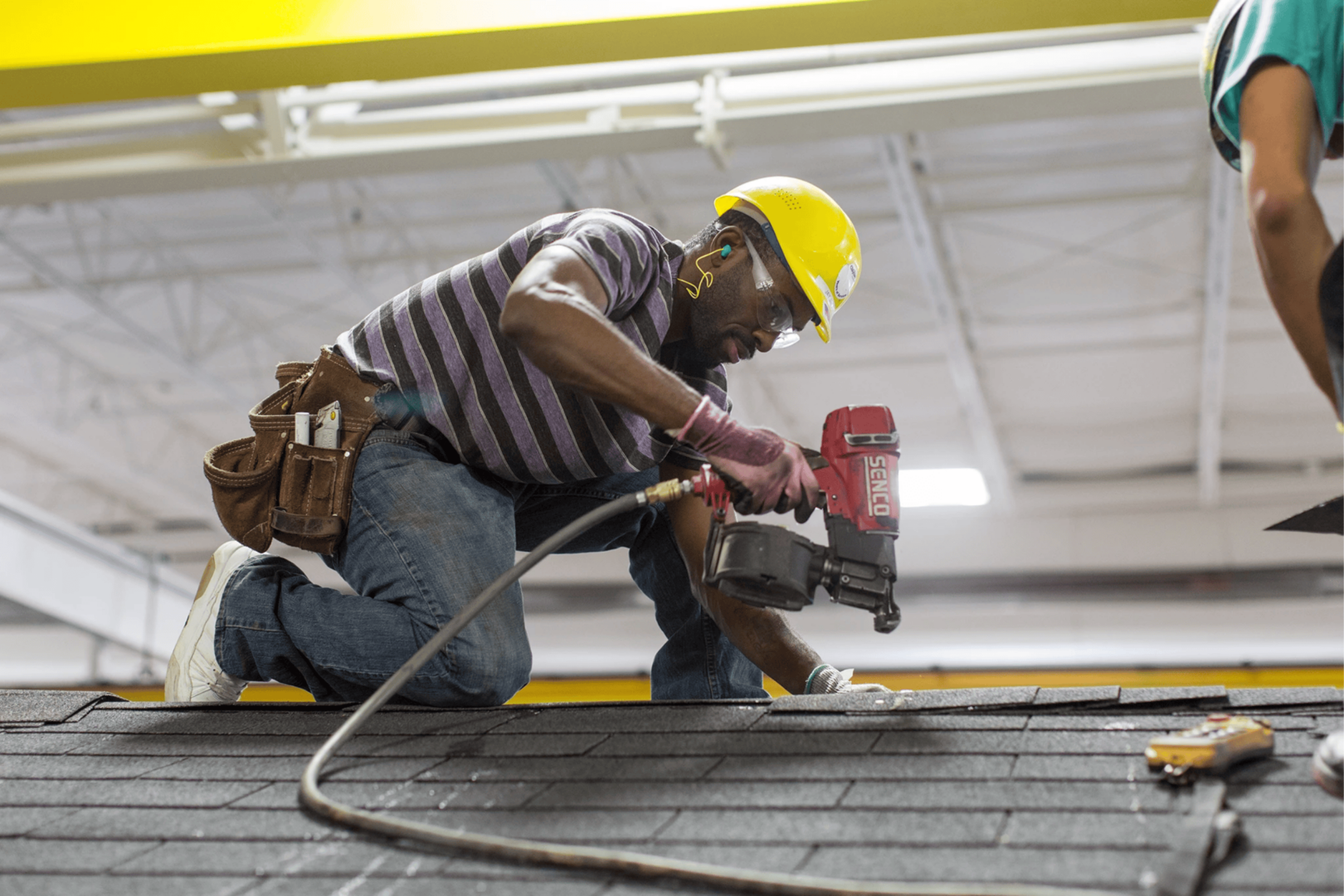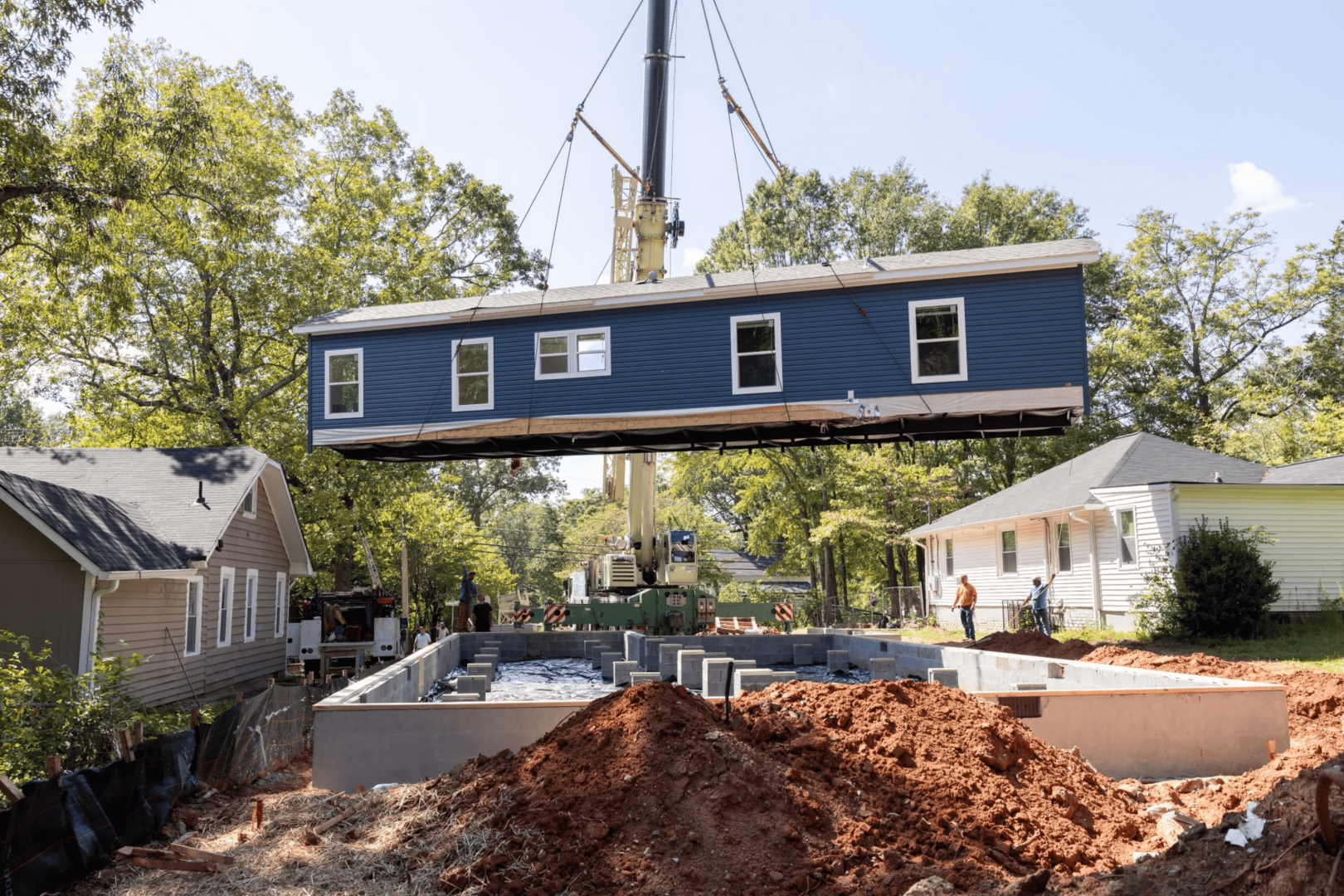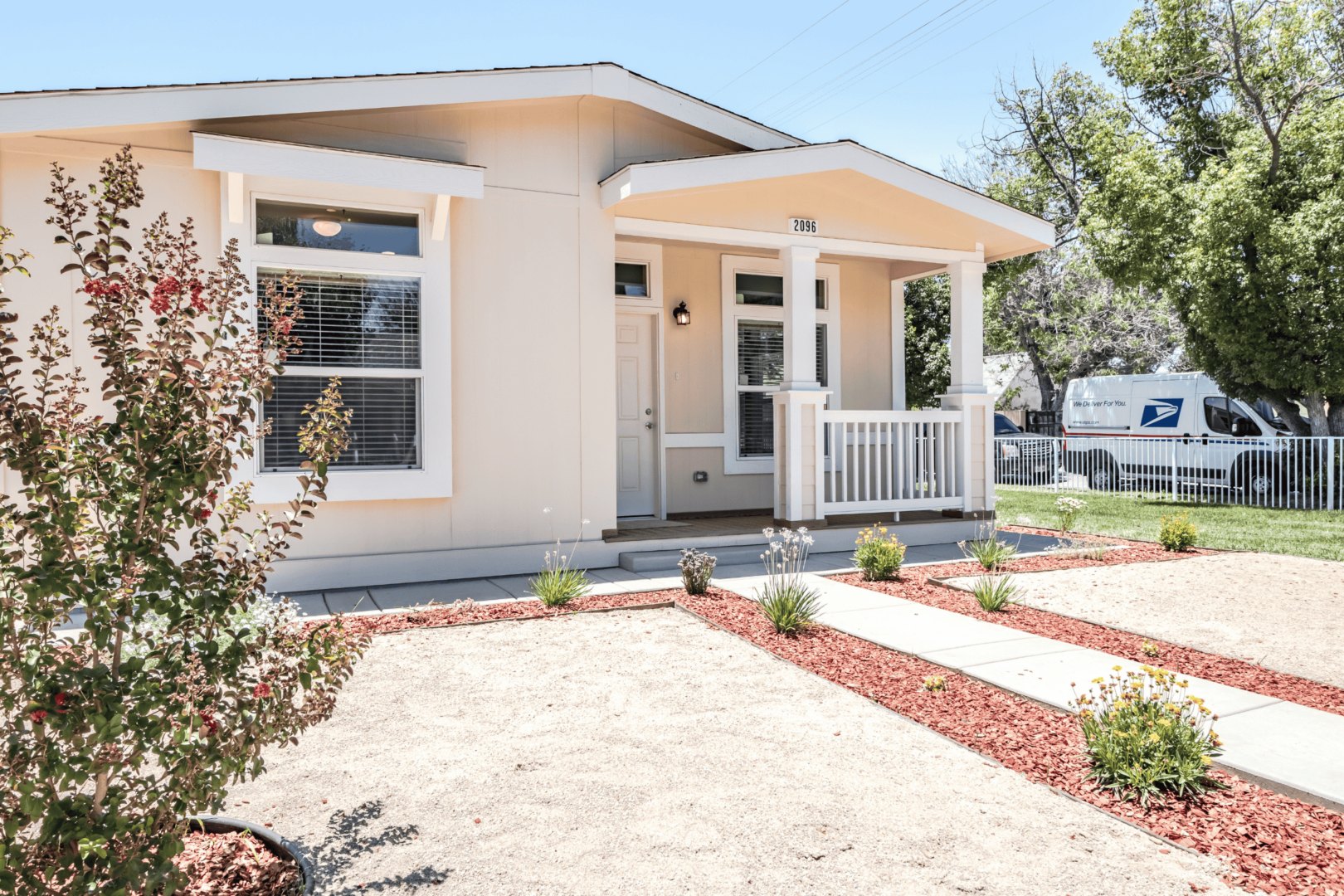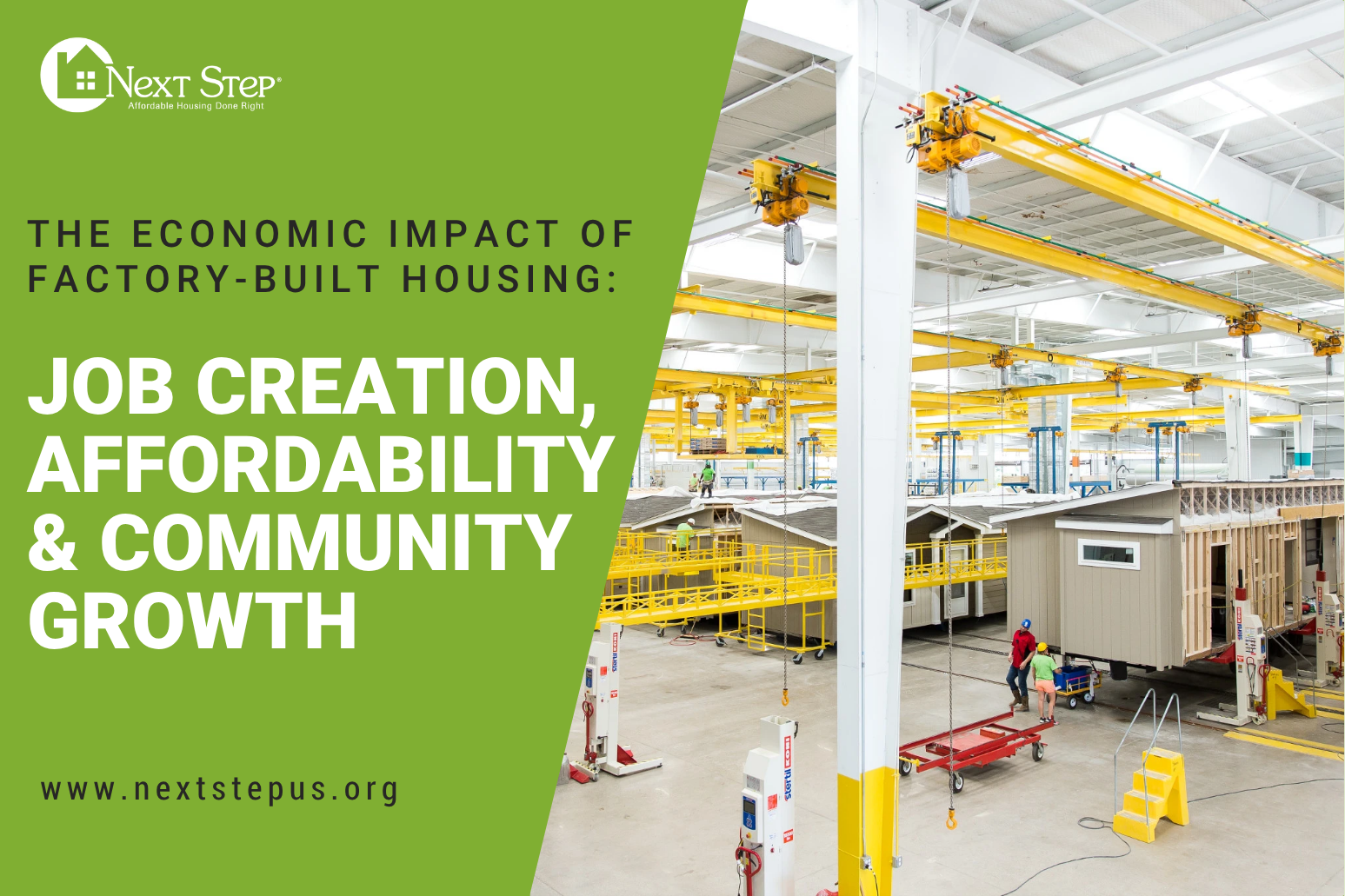Factory-built homes don’t just address housing shortages – they’re a catalyst for equitable economic development.
Factory-built housing is gaining renewed attention as communities across the U.S. struggle with rising housing costs, construction labor shortages and supply constraints. It’s being recognized not just as an affordable homeownership solution, but as an economic development engine. From generating jobs and tax revenue to increasing affordability and revitalizing neighborhoods, factory-built housing offers far-reaching benefits for local and regional economies.
This post explores how factory-built housing can be a powerful tool for policymakers and housing leaders working to solve the dual crises of affordability and economic inequality.
Job Creation & Workforce Development
Factory-built housing contributes directly to job growth in manufacturing, construction and local service sectors. Unlike site-built construction, which relies on variable labor availability and seasonal work, factory-built housing creates consistent, year-round employment in both urban and rural areas. For cities and counties facing declining industrial employment, this sector presents a compelling opportunity to diversify and expand their local economies.
In-Facility Employment
- Workers in factory environments include framers, electricians, quality control inspectors, project managers and assemblers.
- Factory jobs tend to offer more stable schedules, weather protection and safety oversight than traditional construction jobs.
- According to the Manufactured Housing Institute (MHI), the production and installation of 100 HUD Code homes supports 75 full-time jobs across the manufacturing, transportation and retail sectors.

On-Site & Post-Installation Jobs
- Local contractors are needed to prepare foundations, connect utilities and complete interior/exterior finishing.
- Landscaping, driveway construction and other site enhancements provide ongoing employment opportunities even after home installation.
Support Services & Local Multiplier Effects
- Local businesses benefit from supplying materials and providing services such as transport, real estate and insurance.
- According to research from the National Association of Home Builders, every 100 single-family homes built can generate $28.7 million in local income, 394 local jobs and $3.6 million in taxes and revenue for local governments – numbers that apply similarly to factory-built units when installed as real property.
Equity Through Workforce Development
- Factory-built housing developers increasingly partner with workforce training programs and community colleges to recruit and train underrepresented workers, including veterans, women and people of color.
- These jobs support inclusive economic growth, particularly in rural and post-industrial regions where manufacturing jobs are in decline.
Housing Affordability & Long-Term Cost Savings
Factory-built housing provides more than just shelter – it delivers substantial financial relief to working families, enabling wealth-building and economic mobility. By lowering the upfront and ongoing costs of homeownership, these homes create a ripple effect in local economies as homeowners redirect savings into education, entrepreneurship and other household investments.
Lower Construction Costs
- Factory construction is faster and more efficient due to economies of scale, standardized processes and reduced waste.
- According to U.S. Census Bureau data, the average price per square foot for a new factory-built home is 30–50% less than a comparable site-built home.

Access to Modern, High-Quality Homes
- Today’s factory-built homes meet HUD building standards and are often ENERGY STAR® or Zero Energy Ready-certified.
- Buyers can access modern amenities at lower prices without sacrificing quality, durability or aesthetics.
Better Financing Options
- Programs such as Fannie Mae’s MH Advantage® and Freddie Mac’s CHOICEHome® offer low down payment options, competitive interest rates and traditional mortgage financing for qualified factory-built homes.
- These loans help borrowers avoid costly and risky financing mechanisms like lease-purchase agreements and personal property loans.
Wealth Building & Economic Mobility
- A 2023 Urban Institute study found that factory-built homes appreciate in value at similar rates to site-built homes over time, despite persistent myths about depreciation.
- Lower mortgage payments allow families to build equity and reallocate income toward education, health, and local spending, multiplying the economic benefit.
Local Economic Development & Revitalization
In addition to individual benefits, factory-built housing supports broader community development by filling housing gaps, generating tax revenue and attracting investment. These homes can be deployed quickly and affordably in areas that need revitalization, particularly in neighborhoods with vacant lots, outdated infrastructure or disaster damage.
Property Tax Generation
- When titled as real property, factory-built homes contribute to municipal tax bases just like site-built homes.
- In high-demand areas, these homes allow for rapid housing expansion without the delays or costs associated with traditional construction.
Infill Development Opportunities
- Factory-built homes are ideal for small, irregular or underused urban lots where conventional construction isn’t viable.
- They help fill critical housing gaps in cities facing population growth, while making use of existing infrastructure.

Disaster Recovery & Climate Resilience
- Factory-built homes can be deployed rapidly in areas recovering from wildfires, hurricanes and floods – bringing both housing and economic stability back to disaster-impacted communities.
- All-electric and Zero Energy Ready factory-built homes also support community climate goals while lowering long-term utility costs for residents.
Policy Barriers & Economic Opportunities
Despite its potential, factory-built housing remains underutilized due to outdated policies, zoning restrictions and misaligned financing systems. Policymakers and local housing leaders have an opportunity to unlock significant economic benefits. Reforming regulations, supporting inclusive financing and treating factory-built homes as integral components of their long-term housing strategies will help make the most of this opportunity.
Zoning Reform Needed
- Many local zoning codes still treat HUD Code homes as incompatible with single-family neighborhoods, limiting where they can be placed.
- Reforming zoning to allow factory-built homes on infill lots, near transit corridors and in new subdivisions can unlock more affordable housing at scale.
Supportive Financing & Infrastructure Investment
- Public sector financing tools such as state housing trust funds, tax credits and CDBG grants should explicitly include factory-built housing.
- Infrastructure improvements, like utility upgrades and site prep assistance, can reduce deployment costs and accelerate community impact.
Cross-Sector Collaboration
- Partnerships between local governments, nonprofit developers, lenders and manufacturers are essential to integrating factory-built housing into long-term development strategies.
- Cities and counties should include factory-built options in housing plans, disaster recovery blueprints and economic development strategies.
Conclusion: A Smart Investment in Housing & the Economy
Factory-built housing is more than an affordable homeownership option. It facilitates job creation, neighborhood revitalization and inclusive economic growth. For policymakers and housing officials, supporting factory-built development is a strategic move that yields long-term dividends: stronger communities, greater equity and a more resilient housing market.
To realize these benefits, we must update zoning laws, expand access to financing and actively promote factory-built homes as part of a modern, sustainable housing solution.
Sources
- Urban Institute: Manufactured Homes Increase in Value at Same Pace as Site-Built Homes
- Manufactured Housing Institute: Economic Impact Facts
- National Association of Home Builders: Local Impact of Home Building
- Fannie Mae MH Advantage®
- Freddie Mac CHOICEHome®
- Next Step: Homes in the Heights Case Study
- NPR: New Generation of Manufactured Homes
